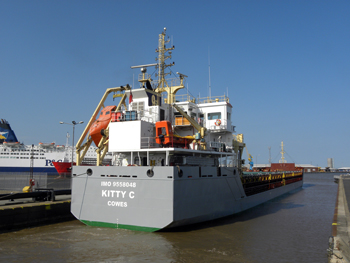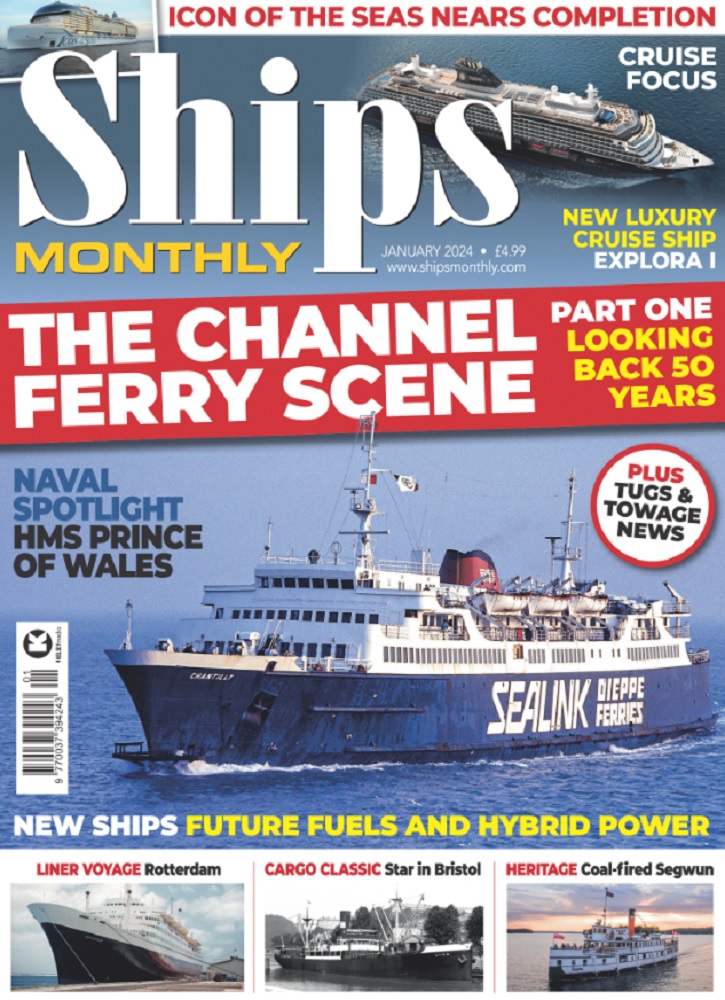International Maritime Organization (IMO) numbers, the unique identifiers for ships, ship owners and management companies, were introduced under the SOLAS Convention to improve maritime safety and to reduce fraud a decade ago. Adopted in August 1994, the use of the numbers came into force on 1 January 1996. Since then, these seven-digit numbers have become a common sight on cargo ships of at least 300gt.
The number is assigned to a vessel for life even if there is a change of name, flag or owner, and is allocated to a hull during construction. In 2002 the regulations called for the number to be shown in a visible place on either a ship’s hull or superstructure, as well as internally and on certificates. RC


